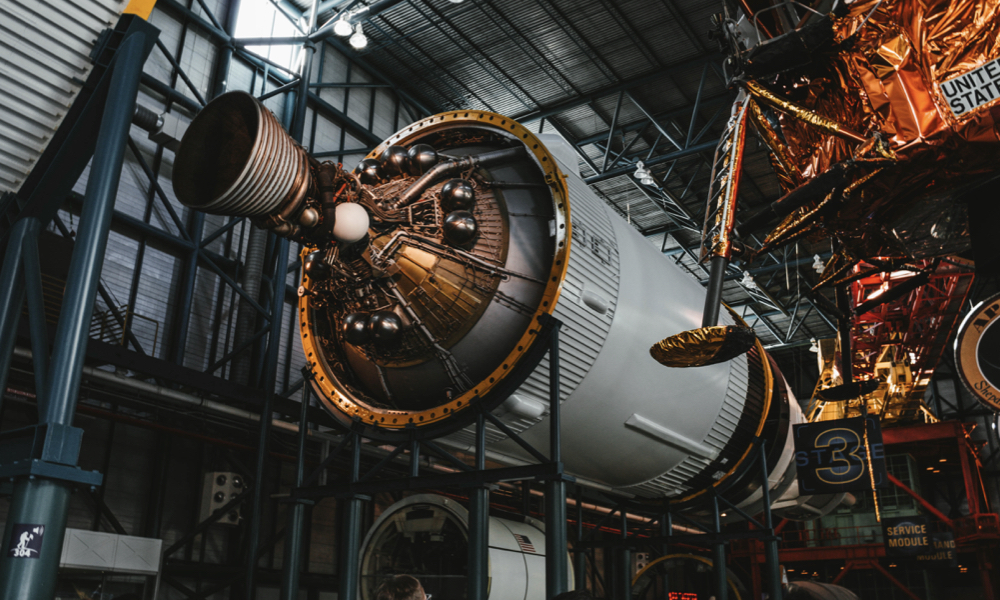
ESA Open Invitation to Tender AO9881
Open Date: 08/07/2019
Closing Date: 13/09/2019 13:00:00
Status: ISSUED
Reference Nr.: 19.132.04
Prog. Ref.: Technology Developme
Budget Ref.: E/0901-01 – Technology Developme
Special Prov.: AT+BE+CH+CZ+DE+DK+EE+ES+FR+FI+GB+GR+HU+IT+IE+LU+NO+NL+PL+PT+RO+SE
Tender Type: C
Price Range: > 500 KEURO
Products: Satellites & Probes / On-board SW / Libraries / Other
Technology Domains: Space System Software / Advanced Software Technologies / Advanced software functions
Establishment: ESTEC
Directorate: Directorate of Tech, Eng. & Quality
Department: Systems Department
Division: Software Systems Division
Contract Officer: Seynaeve, Christophe Rene R.
Industrial Policy Measure: N/A – Not apply
Last Update Date: 08/07/2019
Update Reason: Tender issue
Objectives:To describe formal learning techniques for non-linear and adaptive systems using certifiable optimisation techniques in on-board avionics, and to analyse their impact on avionics hardware (processing and link functions) on verification and on validation.Description:There are problems that cannot be solved by traditional algorithmic solutions, especially in the Control domain. Theyrequire non-linear adaptive algorithms. Neural Network is one of them. The term “Artificial Intelligence” is used intensively and issubject to many interpretations. The need is to build a system that is able to learn, adapt, and perform optimally in a non-linearenvironment using non-linear behaviour for space applications (such as Visual Space Navigation). The activity will first describe thefield of avionics problems that “AI” can solve, and the related technology solutions, in order to produce a reference document defining the language used in the avionics community and its applicability for Space. The activity will then focus on a use case, which is a Visual-Navigation system based on Relative Navigation with respect to celestial bodies, in particular looking at Image Processing in very low light conditions, for which Neural network is expected to be a solution among others. The activity will implement, for this use case, a demonstrator based on software and hardware, with full characterization of the potential hardware solutions andtheir performance. Hardware software co-design will be considered.The activity will finally describe the verification and validation process of such technique, including the definition of the related metrics, the training and validation sets, and the statisticalevaluation of the potential errors. It will address the “Formal Learning”and the “Certifiable Optimisation Techniques”The activityinclude the following tasks:- taxonomy on “artificial intelligence” application and techniques focussed on on-board avionics- specification and design of the use case- specification and design of the software and hardware solution- description of the validation process
If you wish to access the documents related to the Invitation to Tender, you have to log in to the ESA Portal.
